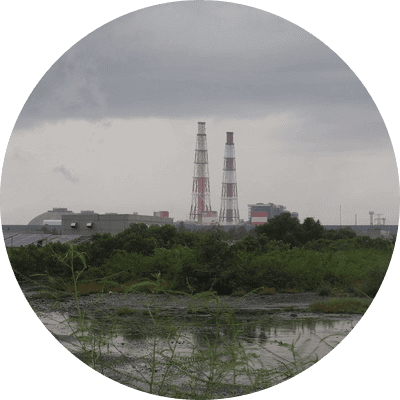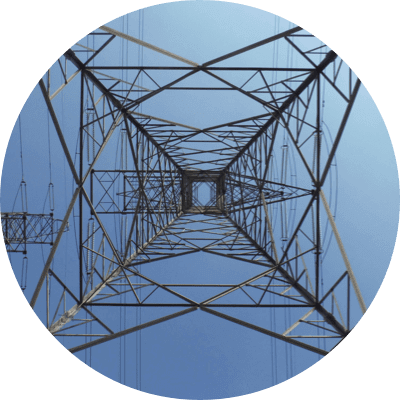Extended Reading
Do birds serve as a fantasy in the urban landscape, or are they neighbors that share the same living space as us?
When the tide is high, the intertidal zone where sandpipers and charadriidae forage becomes flooded. As a consequence, they must find temporary roosting places until the water goes down so they can return to their foraging spots. In order to not consume too much energy, they usually roost in human communities on the coast that are close to their foraging areas.
But for birds and other flying creatures, electric wires, cables, high-rise buildings, iron towers, bridges and wind turbines can all be fatal traps. According to “Bird Ringing: A Concise Guide” published by the British Trust for Ornithology in 2008, “dying because of slamming into electric wires” ranked as the 6th most common cause of death, placing even higher than “being preyed on by predators” (which ranked 8th).
When death becomes common outside of the natural cycle or humanity’s infrastructure exceeds our basic requirements and even harms the roosting of wildlife, how do place a value on the innumerable lives that are lost?




